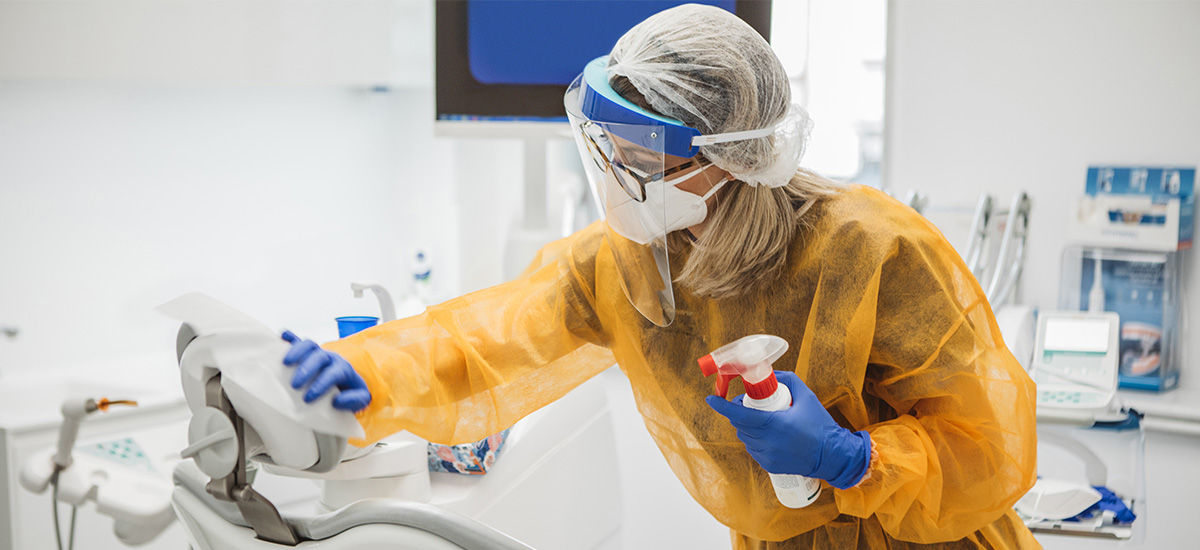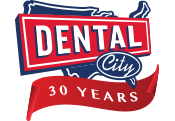
The effects of COVID-19 pandemic have differing impacts on various dental sectors. According to new data from both private practices and public health dentists, the contrasting impacts of the pandemic may be of concern to dental professionals. There are many factors that play into the process of offices working to maintain a stable recovery.

While considering dentists in public health settings versus dentists in private practice the trends in the status of their offices have been very similar. With 98% of U.S. dental practices now open, it comes as no surprise that business is beginning to operate as usual. 17.4% of dentists in public health settings are open and back to normal while 72.7% are open but with a lower patient volume than before the pandemic. On the other hand, 47.6% of dentists in private practice reported being open with business as usual while 51.3% report that they are open with a lower patient volume. Although the numbers seem to be better for dentists in private practice, the positive trends in both categories are good to see.
The move towards returning back to normal has a lot to do with consumer attitudes towards the dentist and how the pandemic can affect that opinion. Current consumers polling shows that three out of four people who have visited the dentist within the last year are still comfortable visiting the dentist now. 11% of people need assurance that it is safe before returning to the dentist while 15% are waiting for a COVID-19 vaccine to make any decisions. Luckily for dental offices, the numbers are working in their favor as the public continues to trust their service and consider it essential healthcare.
Another small factor that plays into patient volume can be seen when evaluating the difference between low, middle, and high-income areas. Recent polling suggests that patient volume is lower in practices located in lower-income areas, but it is not a significant difference. Even though this is only a slight change it is still important to note.

The paying of dental staff at practices also plays a role in the return to normalcy. Once again, we examine dentists in both a public health setting versus private practice to see that the trends are once again similar. 91.7% of dentists in public health settings are being fully paid. In the case of dentists in private practice, 93. 8% are getting full salary and non-owner dentists are at 73.3%. Employee dentists are seeing the biggest employment effects but the numbers are getting better as time progresses.
Staffing in dental practices continues to gradually increase towards pre-pandemic levels. This is a huge step towards making patients and employees feel comfortable returning. At this point in time, about ¾ of dental employees are now being paid fully.

One interesting insight from recent polling examines the changes in scheduling surgery center or hospital dental procedures because of COVID-19 effects. Only 40% of public health dentists and 50% of private practice dentists reported that scheduling these types of cases is the same as before. There are multiple factors that play into this limitation; reimbursement rates being too low, concerns regarding aerosol generation, or PPE shortages. But the biggest reason that hospitals and surgery centers have been limiting the scheduling of cases for dentists is because of non-dental cases that are being considered as a greater medical necessity.
This surge that the pandemic has brought to hospitals continues to reduce the amount of dental cases they accept. Time will only tell if this trend will be a persistent issue for practices. Although the numbers for scheduling cases for dental treatment under general anesthesia in a hospital or surgery center are small for both public and private dentists, it could turn into more of an issue in the coming months.
Nonetheless, the dental industry recovery continues to show positive changes. With such a dynamic environment it is difficult to predict exactly what the future holds. But comfort can be found in the fact that the “new normal” for dentists is steadily recovering.

